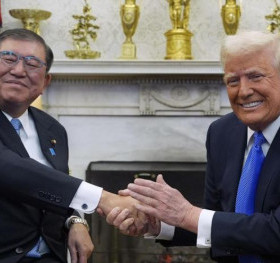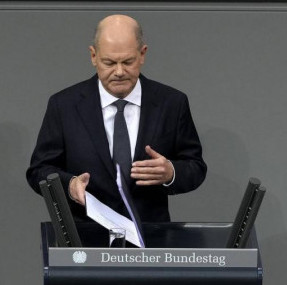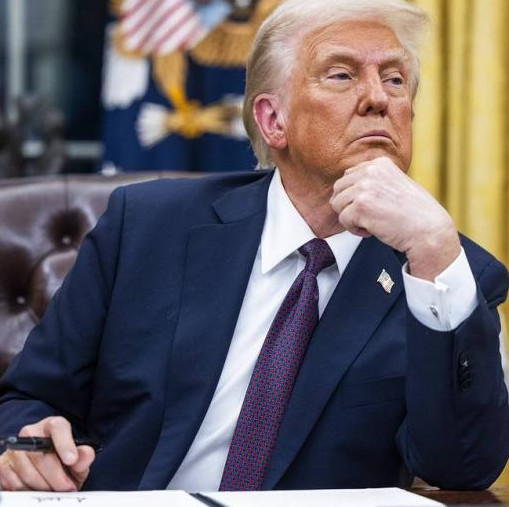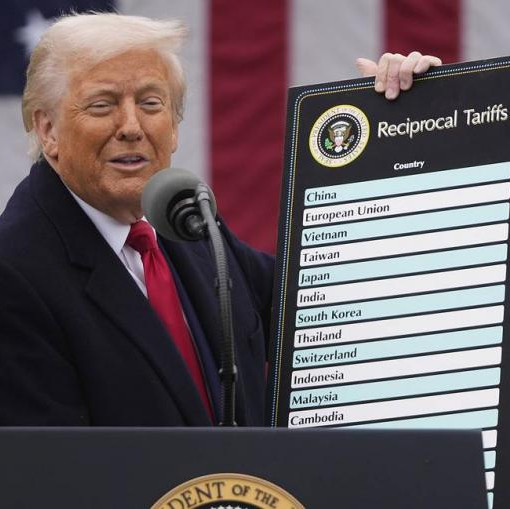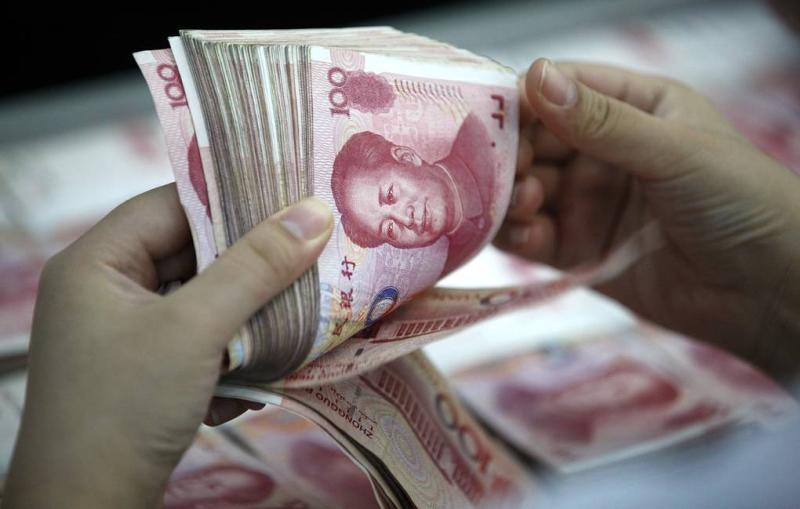
© EPA/WOO HE/TASS
As world searches for a reserve currency alternative to the US dollar, the Chinese yuan is deemed as a top contender
Plans to make the national currency freely convertible over the next decade were outlined in the "roadmap for administrative and economic reforms" approved by the State Council of the People's Republic of China back in 2013. Since then, the yuan has been inspiring trust and gaining strength worldwide.
SWIFT statistics shows that in January 2023, the share of yuan settlements reached 3.2% to make it the fourth most popular currency in the world, with the first three positions occupied by the US dollar (39.9%), the euro (36.5%) and the British pound (6.3%).
Half of China's cross-border transactions (and counting) are carried out in its national currency. The yuan is becoming increasingly popular — in 2016 it totaled about 1% globally, while by the end of 2022 this figure stood at 2.88%. Last year's survey by the Official Monetary and Financial Institutions Forum (OMFIF) indicated that 30% of the world's central banks plan to increase its share in the next few years, with 68% of central banks seeking this in the longer term. By 2030, yuan's share in gold reserves may reach 10%, Morgan Stanley claims, which will make it the world’s third most popular reserve currency after the US dollar and the euro.
The volume of exchange trading with yuan-denominated securities is on the rise, either. As a result, the yuan's currency globalization index has approached that of the dollar, leaving all the other currencies far behind. The most popular are the so-called "Dim sum bonds" whose interest risk hedging program final rules were agreed upon in March 2023 by both China and Hong Kong. Its launch is expected within months to open a 5 trillion-yuan swap market to foreign investors willing to hedge their debt investments of the kind, as well as to link China’s finances to the foreign ones.
All of this establishes a firm basis for yuan internationalization, but China itself has constantly postponed its transformation into a freely convertible currency. "Because the COVID-19 pandemic has pumped up risks of mass capital outflow from China, Beijing cannot yet afford a fully liberalized currency regulation," the Caixin news portal quotes member of the Chinese Academy of Social Sciences Yu Yongding as saying.
And China's decision to limit yuan convertibility on capital transactions seems justified. Let us recall that for our country, haste turned into a real economic catastrophe and losses of huge capital. Therefore, Chinese cautiousness is all but relevant now. So, the nearest future will likely see Beijing maintain limited yuan conversion under the coexistence pattern of its two types:
— yuan traded in the domestic market (it is called renminbi, or “people's currency”). Its exchange rate is controlled by the People's Bank of China through the base rate with a daily fluctuation rate not exceeding 2%. At the moment, the renminbi is more of a local currency of a separate country, albeit economically strong;
— yuan traded in the foreign market (it is also called "offshore yuan"). Its free-floating exchange rate is determined by the market, and circulation regulated by the Hong Kong Monetary Authority. It’s conversion rate with renminbi is 1:1, but the Chinese authorities keep a tight hold on the exchange process, which allows controlling volumes in circulation.
But capital markets for Chinese money are constantly expanding. Thus, Southeast Asia has almost completely switched to yuan settlements with China and is increasingly using it with third countries. Recently, China announced a joint creation of yuan reserves with Indonesia, Malaysia, Hong Kong, Singapore and Chile. In March, an agreement was signed with Brazil providing for the formation of a clearing house to deal with settlements using the yuan and real.
An important part is also played by expanded yuan payments for energy and raw material supplies. Thus, at year-end China increased the yuan share in paying for iron ore imports to 10%. Since 2012, China has been paying in yuan for oil supplies from Iran, and since 2022 — with Russia. Starting 2023, China intends to partially pay for oil from Saudi Arabia and LNG from the UAE with its currency.
Turning into a new economic center, China seeks to create a pool of countries united by common political and economic interests around itself. Particular support comes from the BRI and MSR, initiatives representing large-scale investment programs to finance new infrastructure in Asia, Europe, Africa and beyond. If efficient, they may greatly expand the country's export and investment markets, increasing its "economic power" globally. Alliance members will find it convenient to have a single currency to serve the flows of goods, services and capital.
To serve these markets amid limited yuan convertibility, China uses its trade advantages by promoting its controlled expansion in bilateral trade. To this end, Beijing is actively forming a relevant infrastructure. Thus, to serve the existing and new markets, it has created an alternative to SWIFT.
With China gradually "accustoming" other countries to its national currency, it won’t take long before the yuan becomes a reserve currency.
